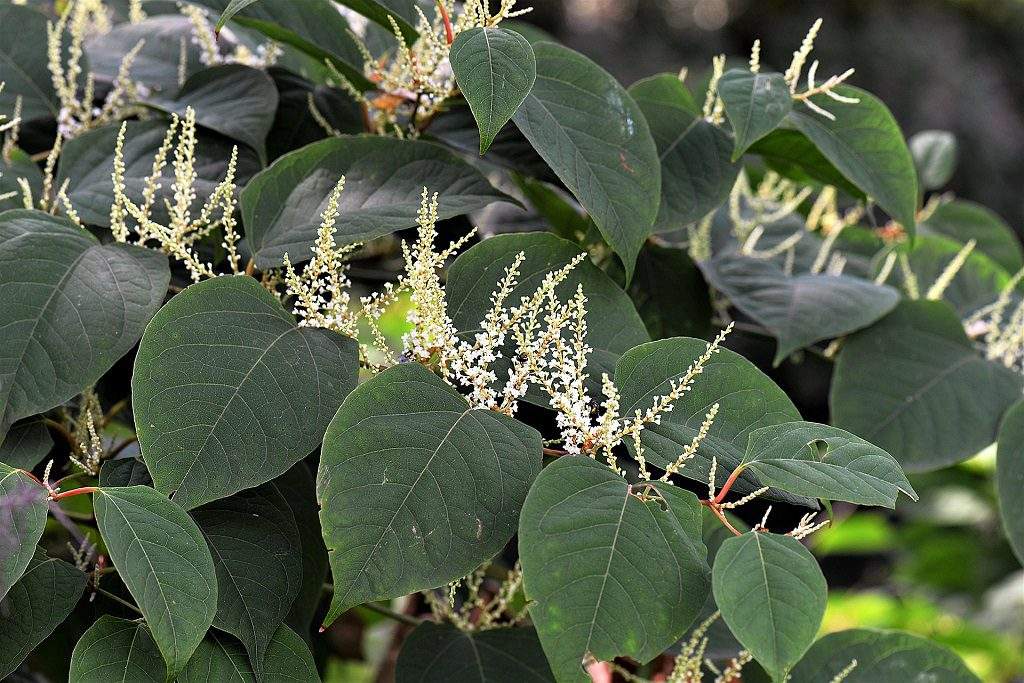Can you get equity release if your property has Japanese knotweed?
Japanese knotweed is an especially invasive weed that can cause structural damage to properties. As a result, an affected property may not be eligible for equity release – but that isn’t always the case.
Repaying an equity release provider typically involves your home being sold when the plan ends. That’s why providers will look at anything that could affect the future value or saleability of your home when considering an equity release application. That can include the presence of Japanese knotweed.
In this guide to Japanese knotweed and equity release, we’ll be taking a look at the following:
- How does equity release work?.
- What is Japanese knotweed?.
- Identifying Japanese knotweed.
- Can you control or remove Japanese knotweed?.
- Why do lenders sometimes refuse applications on properties with Japanese knotweed?.
- What are the criteria for Japanese knotweed and equity release eligibility?.
- Find out if your property meets equity release criteria.
We hope this article gives you a better understanding of Japanese knotweed and equity release. We can of course help you find out more about your own situation and eligibility for equity release. Please call us on 0808 178 3055 or request a call back at a time that suits you. We will be happy to arrange a no-obligation appointment with one of our selected equity release advisers.




